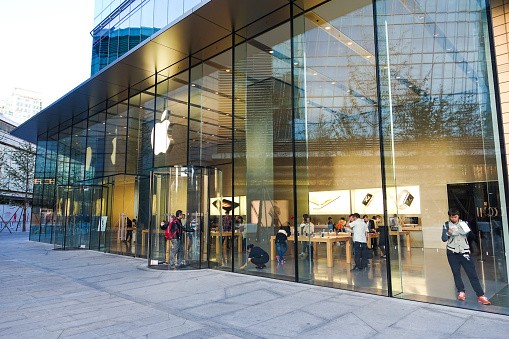Steven Milunovich, an analyst from UBS, said, “The sales of Apple’s iPhone will continue to improve in the next years as more users are seen to upgrade to newer handsets. China, however, stands out like a sore thumb, not only for its rate of decline, but with a 10-point [market] share loss.”
Mulinovich forecasts the growth of iPhone units to increase by about 6 percent in fiscal year 2017. This growth began when the company released the iPhone 7 series. The sales data is better compared to that in fiscal 2016, wherein shipments of iPhone units declined by 8 percent.
He predicted that there will be a double-digit unit sales growth in 2018 due to the iPhone 8 launch. This is Apple’s upcoming smartphone that is expected to have a revamped design and an OLED display.
It will be a different story in China, however, as the sales of Apple’s iPhone deteriorated in Q3 and Q4 2016. This is due to the lower-cost iPhone SE being poorly received in China as well as the constrained supply of iPhone 7 series units.
Mulinovich said that investors are also concerned about the profit margins of the upcoming iPhone 8 due to the price and the shortage of OLED displays.
Kulbinder Garcha, an analyst with Credit Suisse, said: “Apple might have to raise the price of its OLED iPhone 8 models by about $50 to cover the added cost of the new display and to keep its margin profile. If OLED displays are in short supply, Apple likely will limit the technology to higher-end handsets.”
According to the Investor’s Business Daily, Apple’s stock has been below its 50-day moving average, a negative sign since Nov. 1.
Mulinovich, however, rates the stock as a “buy” with a 12-month price target of 127.
Maynard Um, an analyst at Wells Fargo Securities, valuated Apple’s stock to be around the 105-120 range.



























